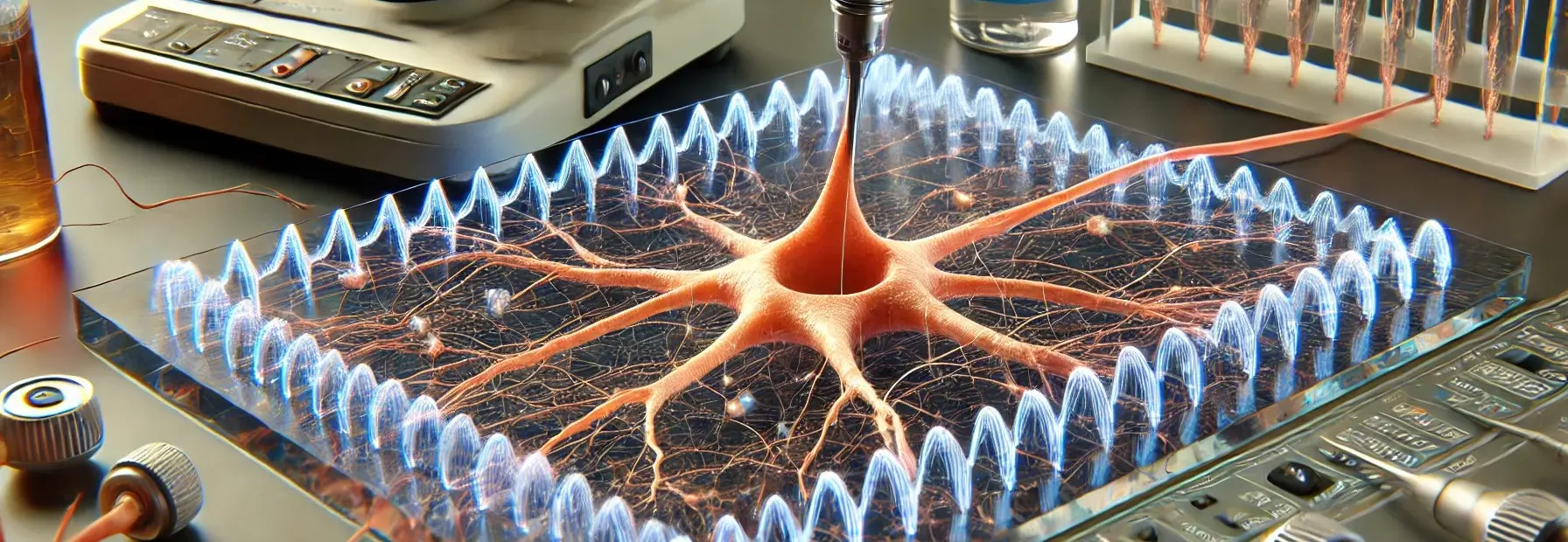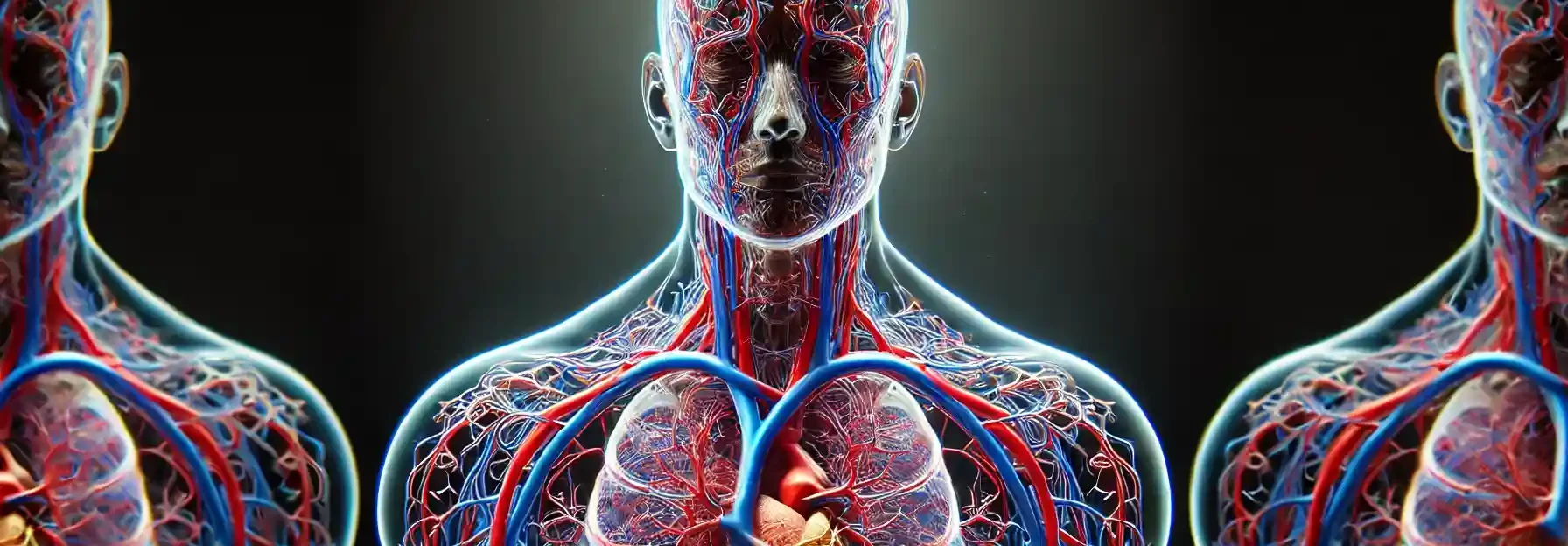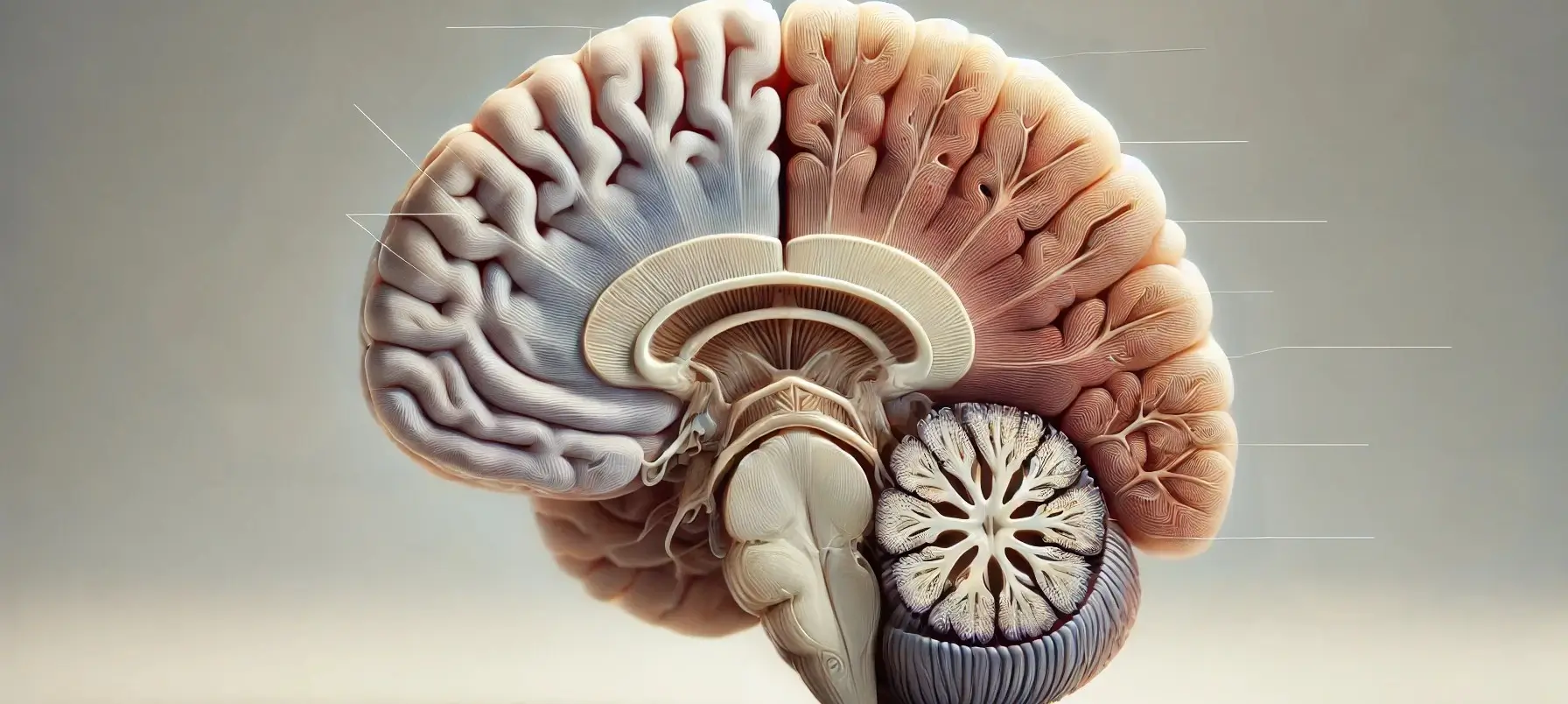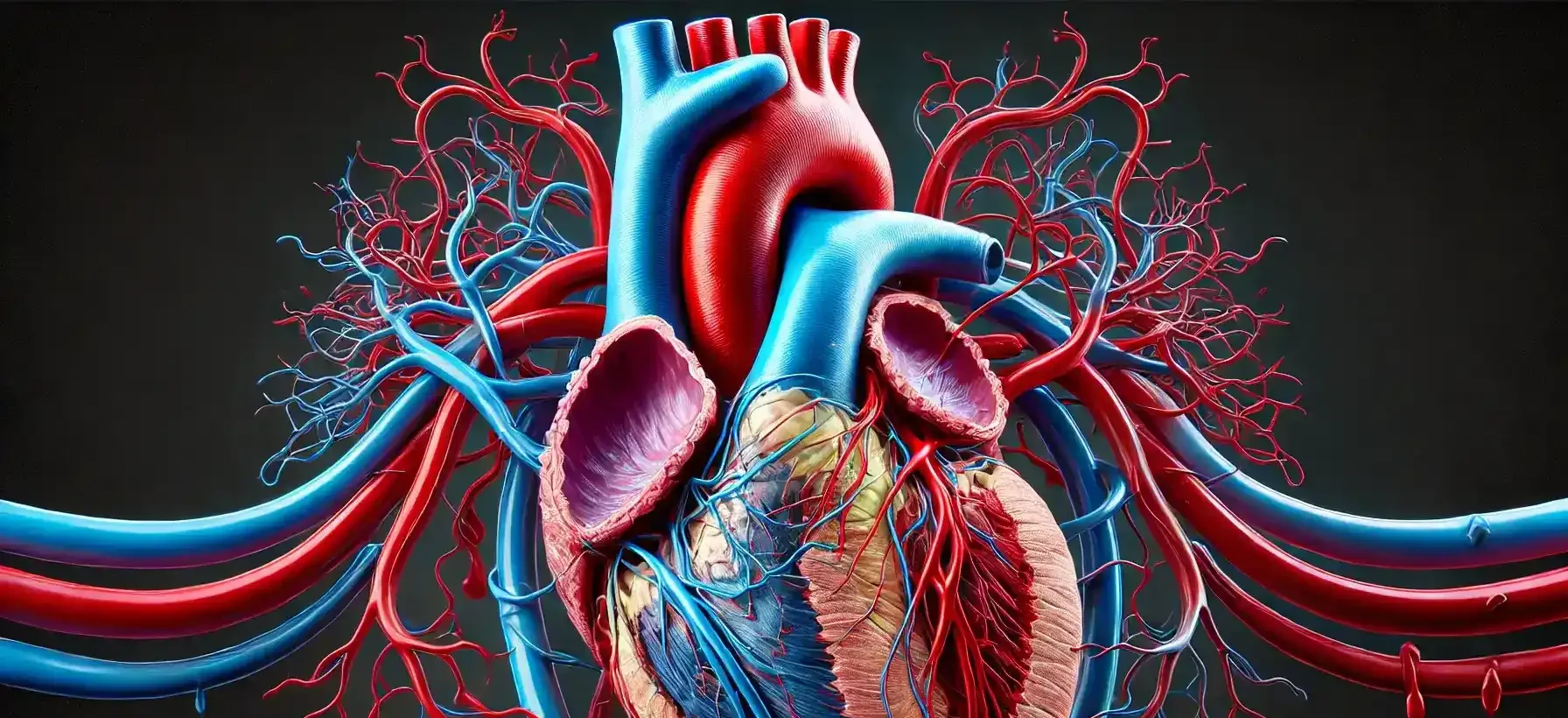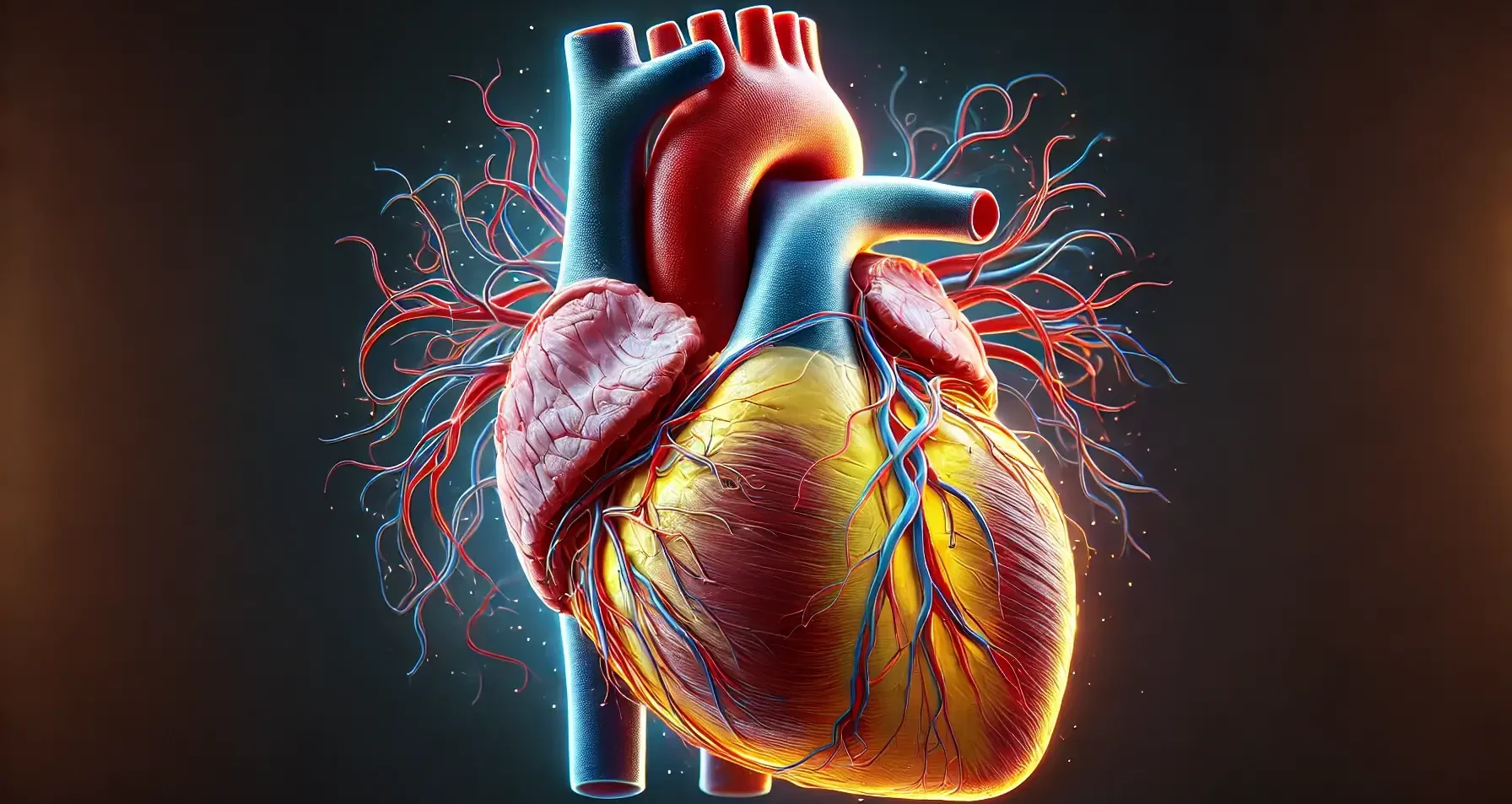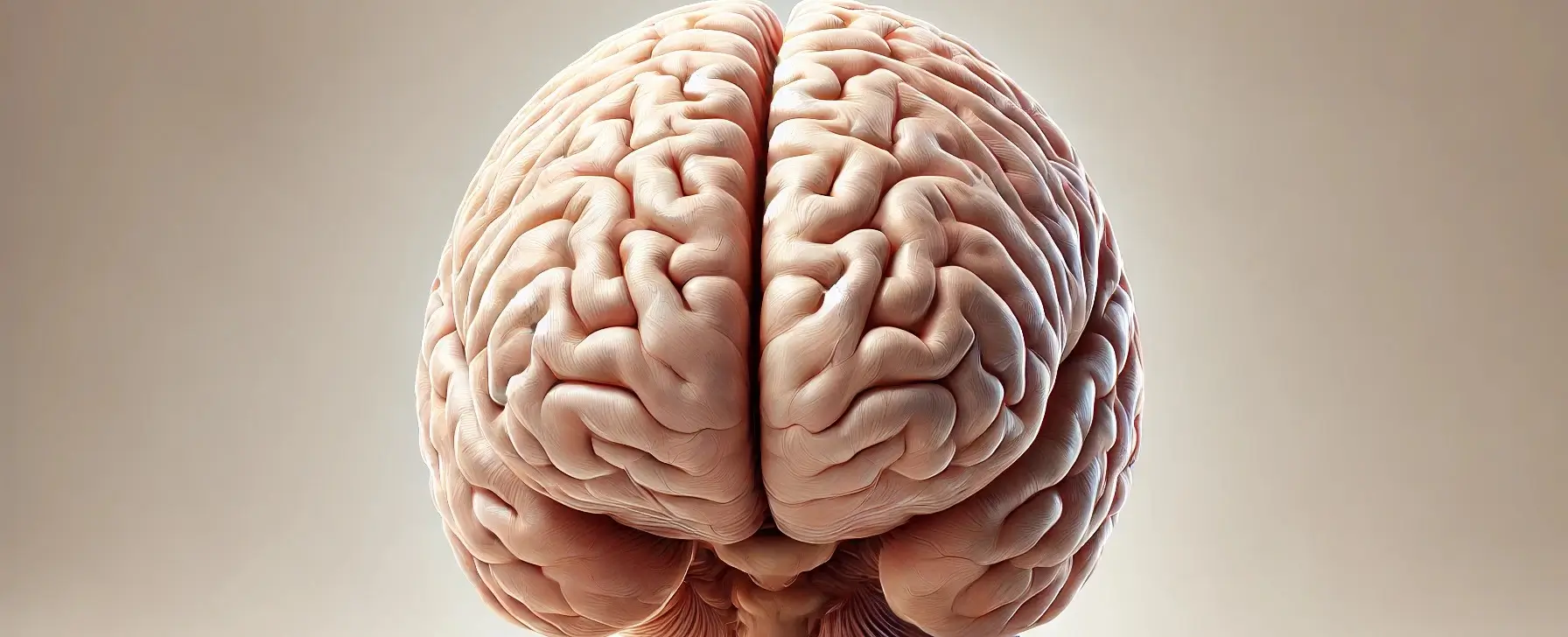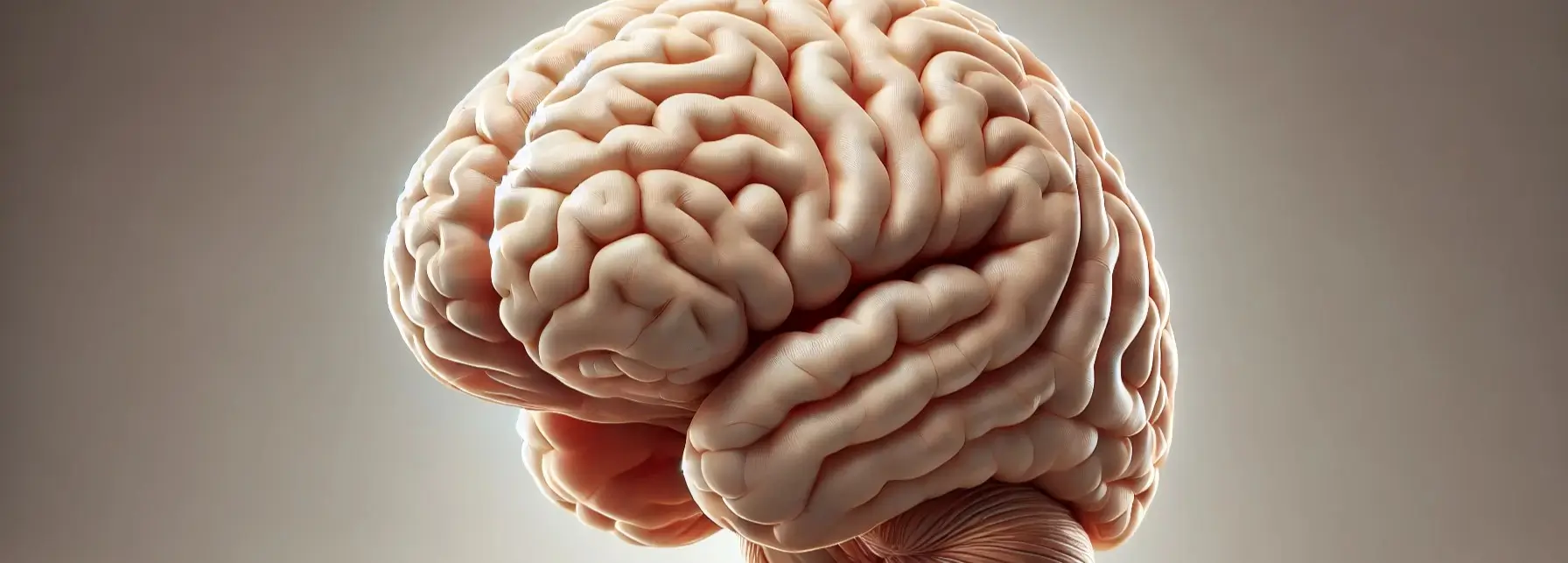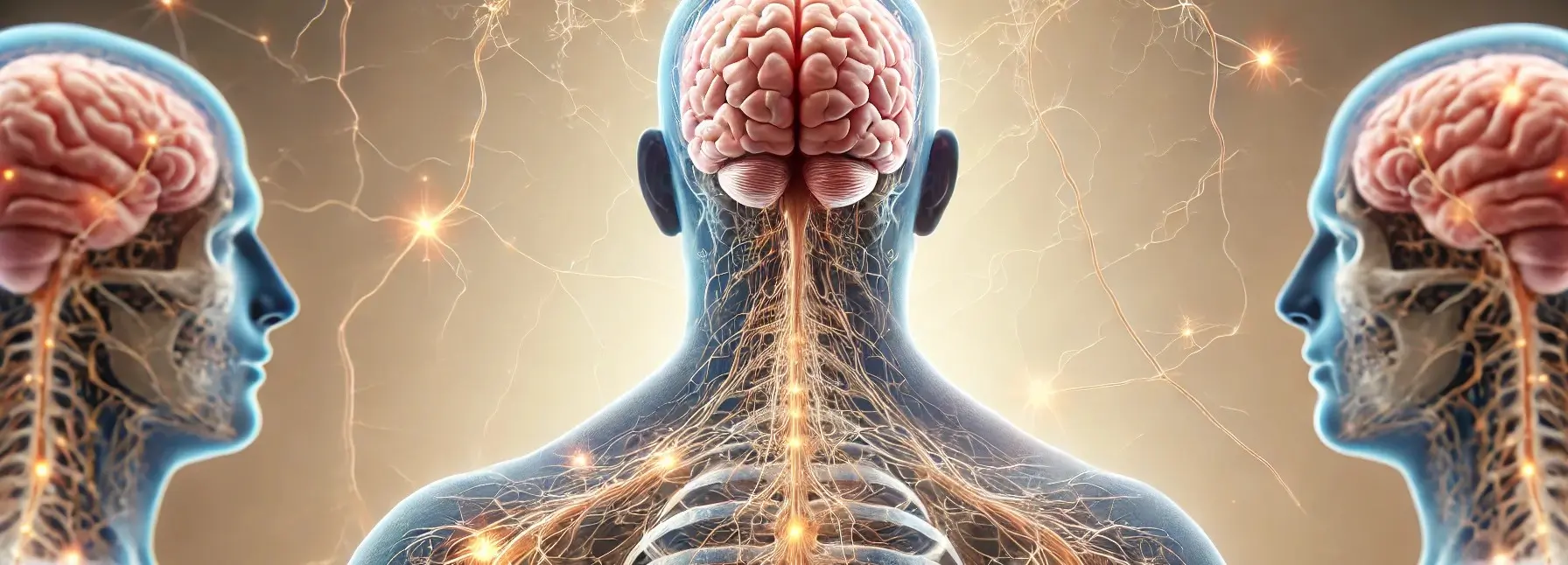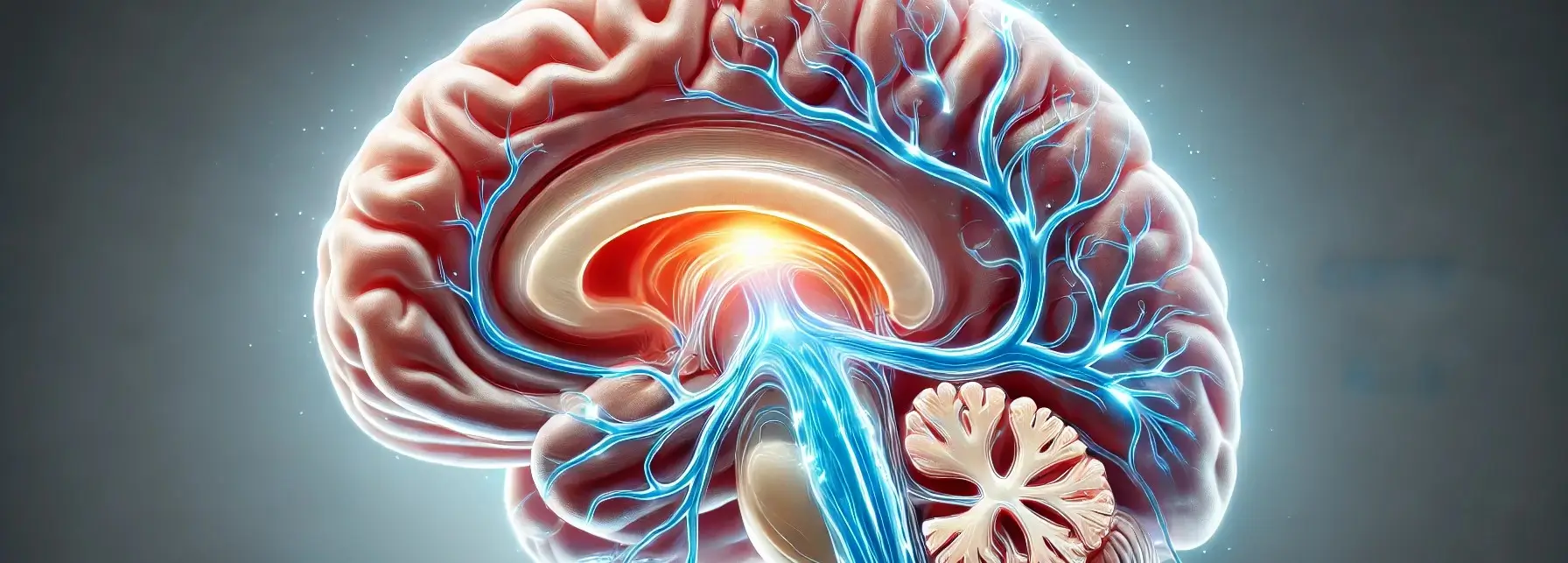Electrophysiology
Electrophysiology is the study of the electrical properties and activities of cells and tissues. It seeks to understand how electrical signals are generated, transmitted, and processed in neurons and neuronal networks. This knowledge is crucial for understanding brain function and treating neurological disorders. Electrophysiology focuses on the following key aspects: Ion channels: Specialized proteins in … Read more

